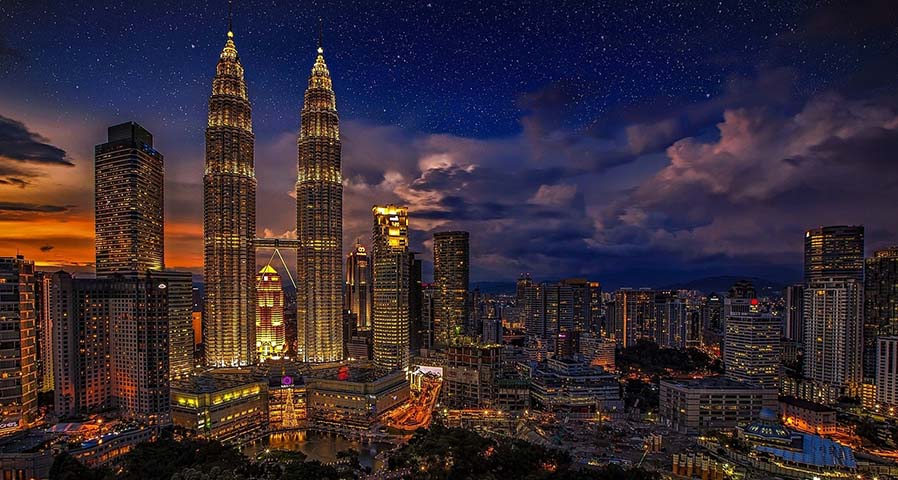Welcome to Facts Vibes! Today, we are shedding light on the fascinating world of LED lights. From their energy efficiency to longevity, we’ll explore the illuminating facts about LED lights that will change the way you see lighting. Let’s dive into the brilliance!
Shedding Light on the Facts: The Bright Side of LED Lights
Shedding Light on the Facts: The Bright Side of LED Lights
LED lights have revolutionized the way we illuminate our homes, offices, and public spaces. The advantages of LED lights are vast, and they contribute to a more sustainable and energy-efficient lighting solution.
One of the primary benefits of LED lights is their energy efficiency. Compared to traditional incandescent or fluorescent lights, LED lights consume significantly less power, resulting in reduced electricity bills and a smaller carbon footprint.
Moreover, LED lights have a longer lifespan than other types of light sources. This means less frequent replacement and maintenance, leading to cost savings and less waste generated from discarded light bulbs.
In addition to being environmentally friendly, LED lights also offer superior light quality. They produce bright, consistent light that can enhance visibility and create a more comfortable environment for various activities.
Furthermore, LED lights do not contain hazardous materials such as mercury, making them safer for both human health and the environment. This characteristic also simplifies the disposal process, reducing the potential impact on the planet.
In conclusion, the widespread adoption of LED lights represents a significant step forward in the quest for more sustainable and efficient lighting. Their numerous benefits make LED lights a truly enlightening choice for individuals, businesses, and society as a whole.
Most popular facts
LED stands for “light-emitting diode” and is a semiconductor light source that emits light when an electric current passes through it.
LED stands for “light-emitting diode” and is a semiconductor light source that emits light when an electric current passes through it.
LED lights are more energy-efficient than traditional incandescent or fluorescent lights, consuming up to 90% less power.
LED lights are more energy-efficient than traditional incandescent or fluorescent lights, consuming up to 90% less power.
The average lifespan of an LED light is around 25,000 to 50,000 hours, significantly longer than incandescent or fluorescent lights.
The average lifespan of an LED light is around 25,000 to 50,000 hours, significantly longer than incandescent or fluorescent lights.
LED lights produce little heat compared to other lighting sources, making them safer and more suitable for various applications.
LED lights produce little heat compared to other lighting sources, making them safer and more suitable for various applications.
LED lights are available in a wide range of colors and can be easily dimmed, providing versatile lighting options for different settings.
LED lights come in a variety of colors and can be easily dimmed, offering versatile lighting options for different settings.
LED lights do not contain hazardous materials like mercury, making them environmentally friendly and easier to dispose of.
LED lights do not contain hazardous materials like mercury, making them environmentally friendly and easier to dispose of.
LED lights are highly durable and resistant to shock, vibration, and external impacts, making them ideal for rugged environments.
LED lights are highly durable and resistant to shock, vibration, and external impacts, making them ideal for rugged environments.
LED lights have fast switching capabilities, allowing them to turn on and off instantly without delays or flickering.
LED lights have fast switching capabilities, allowing them to turn on and off instantly without delays or flickering.
LED lights can be used in diverse applications, including indoor and outdoor lighting, automotive lighting, signage, and decorative purposes.
LED lights can be used in diverse applications, including indoor and outdoor lighting, automotive lighting, signage, and decorative purposes.
LED lights are widely used in display screens, such as TVs, computer monitors, and electronic billboards, due to their high brightness and clarity.
LED lights are widely used in display screens, such as TVs, computer monitors, and electronic billboards, due to their high brightness and clarity.
LED lights are compatible with smart home systems and can be integrated with automation and control features for customized lighting experiences.
LED lights are compatible with smart home systems and can be integrated with automation and control features for customized lighting experiences.
LED lights are being developed for advanced technologies such as Li-Fi, which uses light for wireless communication and data transmission.
LED lights are being developed for advanced technologies such as Li-Fi, which uses light for wireless communication and data transmission.
LED lights are often used in medical devices and therapy treatments due to their low UV emissions and precise control of light output.
LED lights are often used in medical devices and therapy treatments due to their low UV emissions and precise control of light output.
LED lights are commonly used in horticulture for indoor plant growth, as they can provide specific wavelengths for photosynthesis.
LED lights are commonly used in horticulture for indoor plant growth due to their ability to provide specific wavelengths for photosynthesis.
LED lights are constantly evolving, with ongoing research and development leading to improved efficiency, color accuracy, and innovative applications.
LED lights are constantly evolving, with ongoing research and development leading to improved efficiency, color accuracy, and innovative applications.
In conclusion, the efficiency, longevity, and sustainability of LED lights make them an ideal choice for both residential and commercial lighting needs. With their ability to reduce energy consumption and maintenance costs, as well as their minimal impact on the environment, it’s clear that LED lights are a superior option in the context of sustainable and cost-effective lighting solutions.
